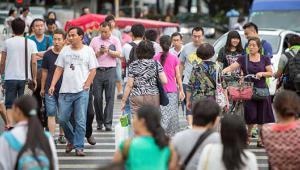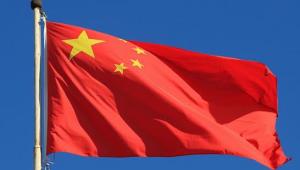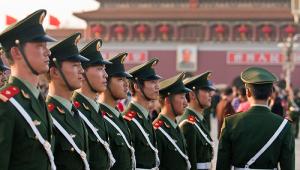The figure is in line with the country’s expansion goals, but below the 6.9% reported for 2017, which was the first time growth picked up in seven years.
The government also lowered its budget deficit target to 2.6% of gross domestic product, down from 3% in the past two years.
Premier Li Kequang said in a his annual report to the Congress in Beijing: “We will improve the transmission of monetary policy, make better use of differentiated reserve ratio and credit policies, and encourage more funds to flow toward small and micro businesses, agriculture, rural areas, and rural residents, and poor areas, and to better serve the real economy.”
China has the world’s second largest economy but a reliance on borrowing has raised concerns about debt risk.
The report also said reigning in the risk would be a key policy for the coming year. Li promised to “see that internal risk controls are tightened in financial institutions” and a “serious crackdown on activities that violate the law like illegal fundraising and financial fraud”.
It also mentioned reducing poverty and cutting overproduction, including reducing steel capacity by 30 million tonnes and coal by 150 million in 2018.
Li said in the report that the country’s economic and financial risks were “on the whole manageable”.
Local government debt grew 7.5% last year to $2.6trn, according to January figures.







